Dental Care Costs in Tough Times: What You Should Know
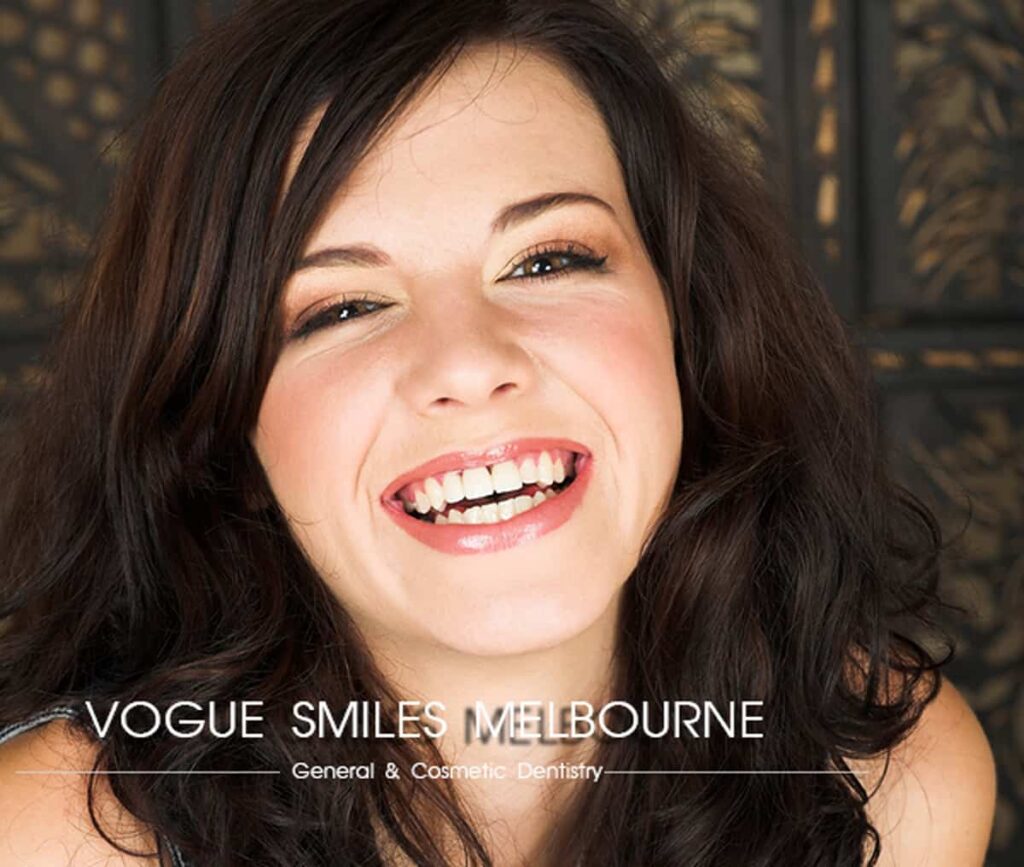
Key Highlights: ✨ Don’t Let Finances Jeopardize Your Oral Health✨ Economic downturns challenge all of us, but your oral health should remain a priority✨ Ignoring your teeth now may save money short-term but lead to costly treatments later✨ Schedule preventive care, even if it’s just annually✨ Communicate openly with your dentist✨ Use available resources like […]
Cost of Smile Makeover in Noble Park North

Review the important terms and conditions that apply to this offer. Key Highlights: ✨ Full mouth rehab is a long-term journey—choose a dentist you trust and connect with, as the relationship is key to successful, lasting results.✨ Smile makeover costs range from $800–$2,500 per tooth in Melbourne✨ Full makeover (20 teeth) typically costs $10,000–$25,000+✨ […]
Costs of Cosmetic Dentistry in Noble Park North

Review the important terms and conditions that apply to this offer. Key Highlights: Costs of Cosmetic Dentistry in Noble Park North ✨ Cosmetic Dentistry Transforms More Than Just Teeth → A smile makeover improves confidence, self-esteem, and how you’re perceived—personally and professionally.✨ Tailored Smile Makeovers in Noble Park North → Each treatment is uniquely […]
Budget friendly Dental Makeover prices and packages

Review the important terms and conditions that apply to this offer. Key Highlights: Discover affordable smile makeover costs and budget-friendly dental makeover prices designed to fit every budget. ✨ Budget-friendly Dental Makeover prices for various cosmetic procedures✨ Learn about affordable Cosmetic Dentist Cost in Noble Park North✨ Understand what contributes to cosmetic dentistry costs, […]
Melbourne Veneers Price Guide: Explore Budget Options
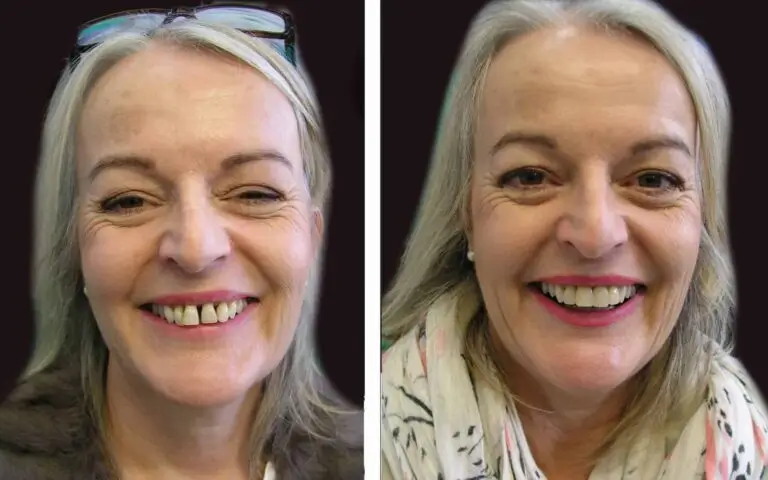
Review the important terms and conditions that apply to this offer. Key Highlights: ✨ Porcelain veneers typically cost between $1,000 to $2,500 per tooth.✨ Full sets can range from $10,000 to $25,000, depending on the clinic and specific needs.✨ Factors influencing cost include material quality, dentist expertise, and additional treatments.✨ Special packages and payment […]
Bad Breath: Causes, Treatments, and Prevention Tips
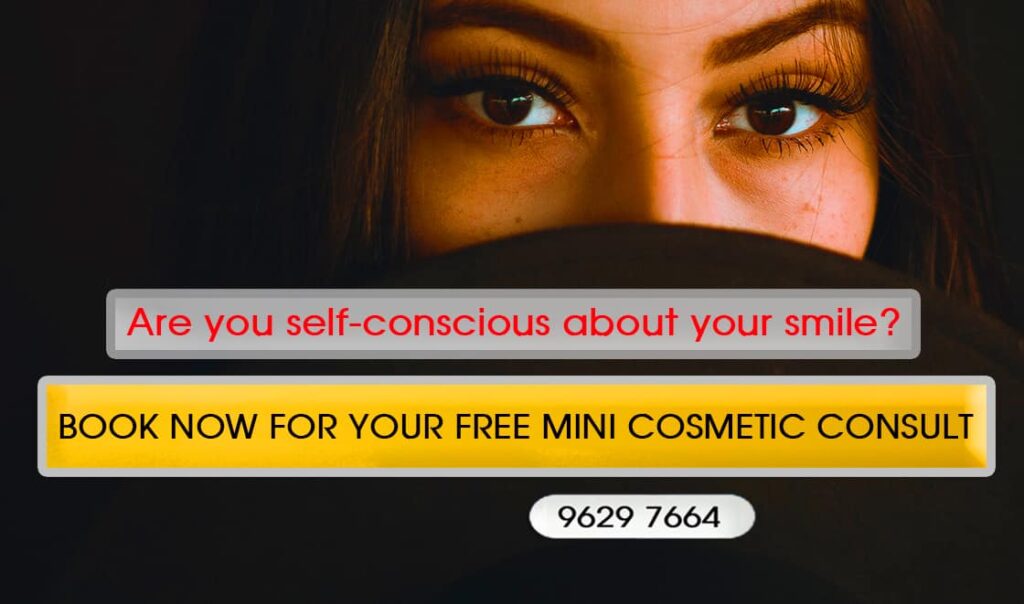
Review the important terms and conditions that apply to this offer. Key Highlights: ✨Bad breath, medically known as halitosis, affects millions of people worldwide and can significantly impact your confidence and social interactions✨Your mouth hosts hundreds of bacteria, and under certain conditions, they produce sulfur compounds that create unpleasant odors✨A common misconception is that bad […]
Cavity and Dental Decay Treatment in Noble Park North
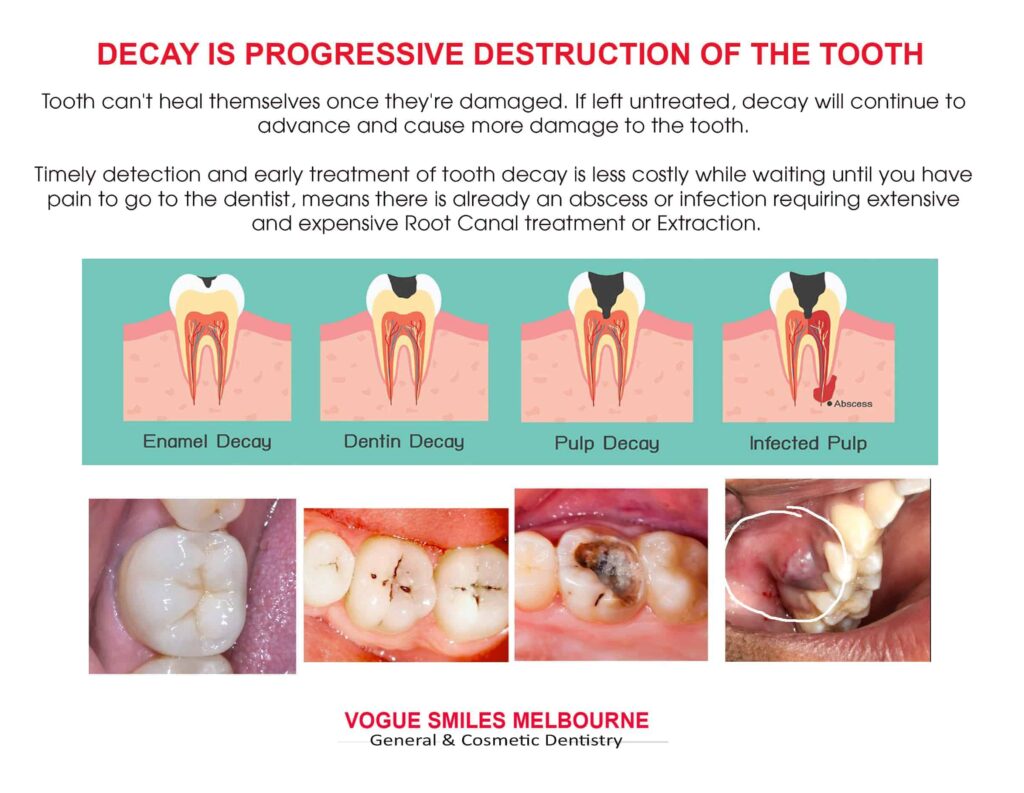
✅ Key Highlights About Dental Decay Treatment in Noble Park North ✨Early detection and treatment of dental caries can save you thousands in future dental costs✨Modern dental fillings in Noble Park North use advanced materials that last 15–20 years✨Affordable dental care options available with payment plans starting from $50 per week✨Professional cavity treatment […]
Filipino Dentist Melbourne CBD & Noble Park- Dr Zenaidy Castro
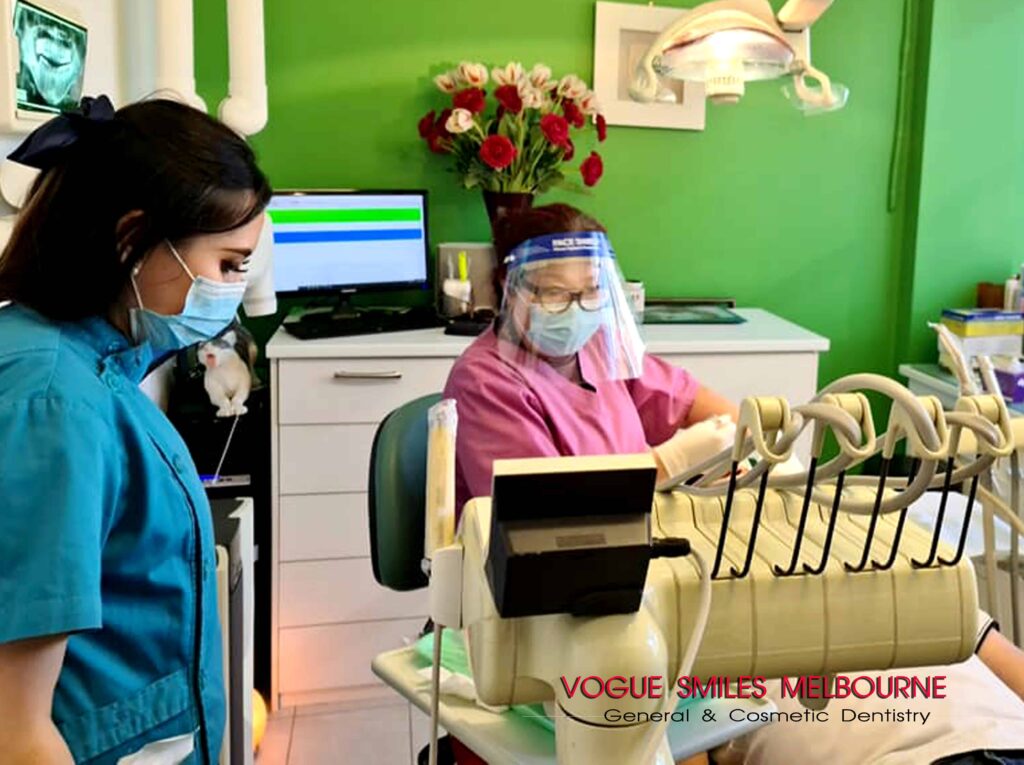
Key Highlights Filipino Dentist Melbourne About Dr. Zenaidy Castro that every Filipino should be proud of: ✨Founder of Vogue Smiles Melbourne, a thriving dental practice serving Melbourne for over 3 decades✨Award-winning photographer and visual artist featured globally✨Proudly speaks Tagalog and Pangasinan, keeping her Filipino roots alive✨Inspires the Filipino community through excellence, compassion, and […]
Problems with Erupting Wisdom Teeth & Treatment
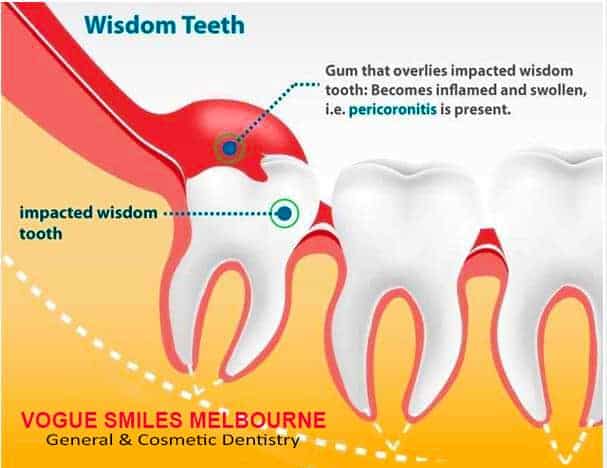
✅ Key Highlights About Problems with Erupting Wisdom Teeth & Treatment ✨Wisdom teeth typically emerge between ages 17–25, often causing pain and discomfort✨Pericoronitis is a common condition where gums become inflamed around erupting wisdom teeth✨Signs include jaw pain, swollen gums, difficulty opening mouth, and bad breath✨Not all wisdom teeth need removal – proper assessment […]
Cracked Tooth (Fractured Tooth) Treatment Noble Park North
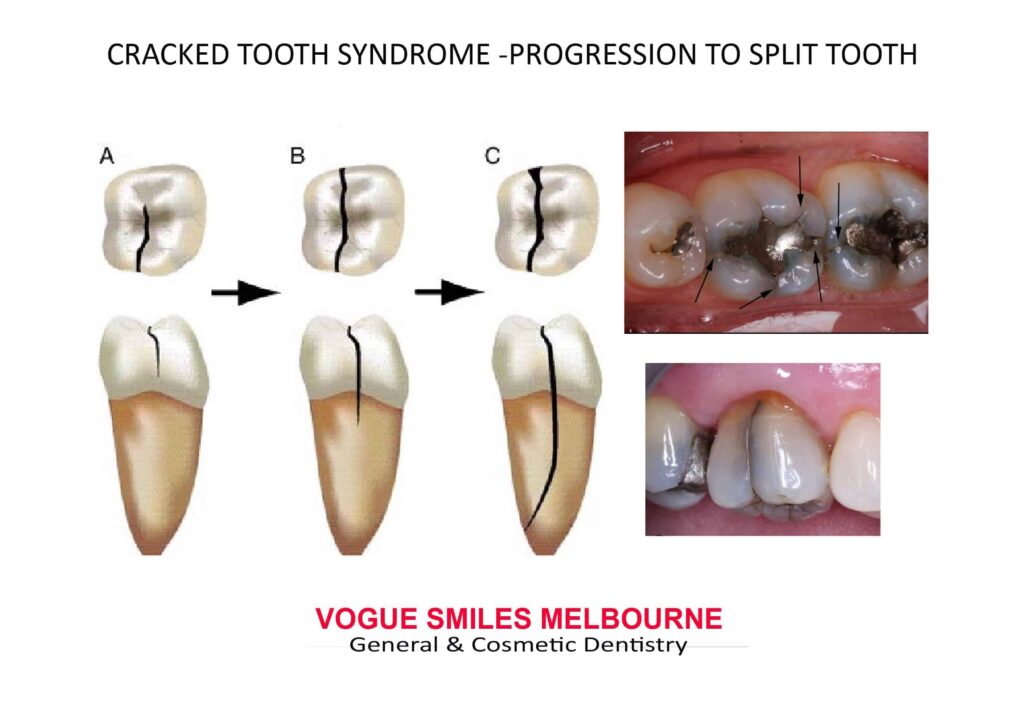
✅ Key Highlights About Cracked Tooth Treatment ✨Cracked teeth affect millions of people and can cause severe pain if left untreated ✨Early detection and treatment can save your natural tooth and prevent extraction ✨Multiple treatment options available from simple bonding to advanced root canal therapy ✨Cracked Tooth Syndrome is a specific condition that […]

